LTW Designworks infuses a modern luxury hotel with nuances of heritage through the surprising use of materials at the new Grand Hyatt Changsa.
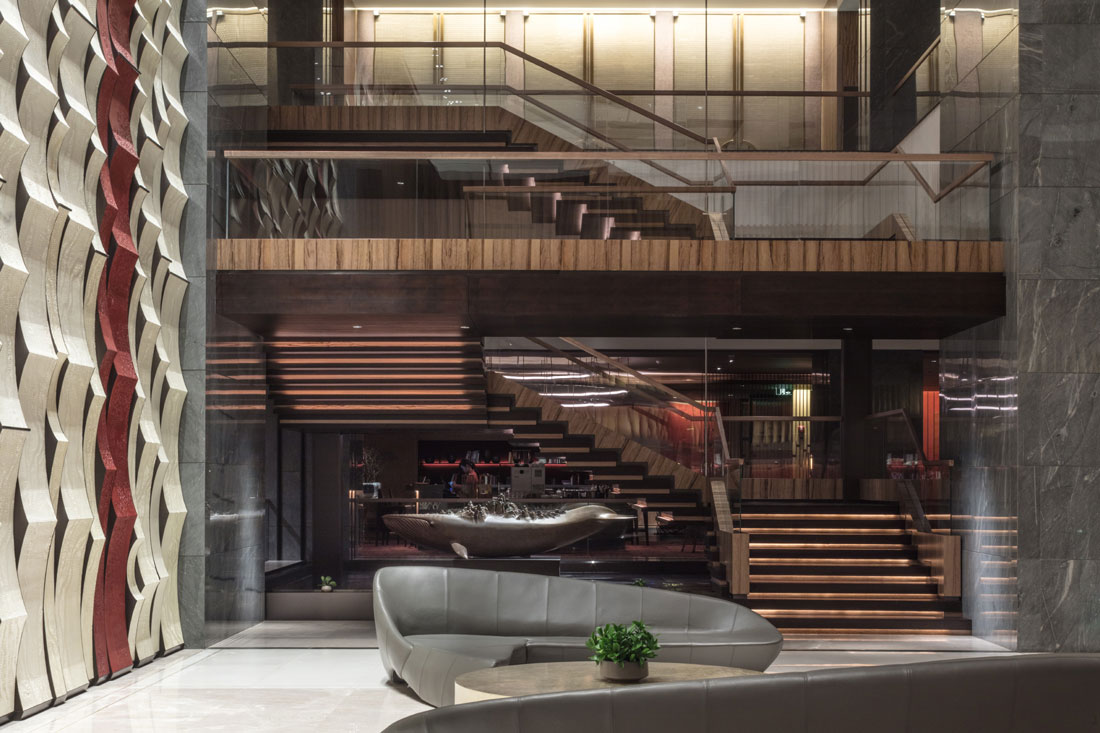
March 9th, 2018
Singapore-based LTW Designworks has designed more than 100 hotels in over five continents, earning a reputation for creating hospitality spaces rich with warmth, texture and spatial storytelling.
“Our designs reflect an aesthetic ideal born from a respect for a sense of place and a commitment to innovation. We approach every brief with in-depth research, considering the property’s geography, setting and cultural identity to create a compelling narrative,” says the office’s founder Lim Hong Lian.
A recent project that continues this approach is the 345-guestroom Grand Hyatt Changsha, perched on the top floors of a 61-storey tower in the city centre. The team was tasked to design the interiors of the guestrooms, the public spaces and F&B outlets. Changsha’s 3000-year-old heritage and cultural significance – one being the birthplace of Mao Zedong – provided inspiration.
In particular, the team looked to two classic Chinese red-ink paintings: ‘Changsha’ by Fu Baoshi and ‘Ten Thousand Hills in Red’ by Li Keran that depict Juzi Zhou (Orange Isle) and the Xiang River, which are prime locations in Changsha. These were influenced by a poem penned by the late communist leader.
Featured throughout the hotel are shades of crimson and ivory. A dramatic feature wall with vertical fins rendered in lacquered wave patterns and laser-cut filigree motifs set the tone within the double-volume foyer. “The wall is a sculptural art piece that represents the constant flow of energy of the Xiang River,” states Lim.
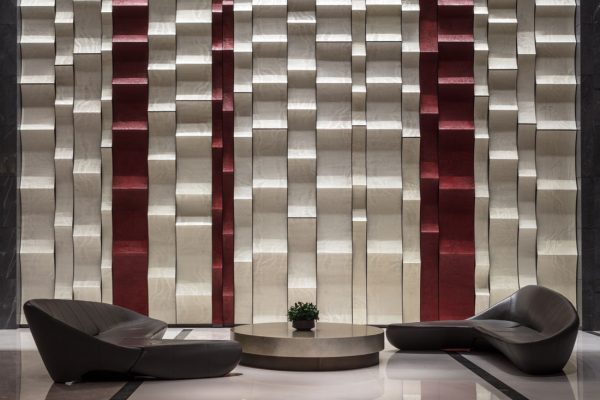
The theatricality of lofty spaces continues into the F&B venues. In the all-day dining restaurant Grand Café, oversized custom-designed cage-like, wrought iron lighting pendants inspired by traditional Chinese lanterns accentuate the space’s grand proportion while their intricate details lend a human scale.
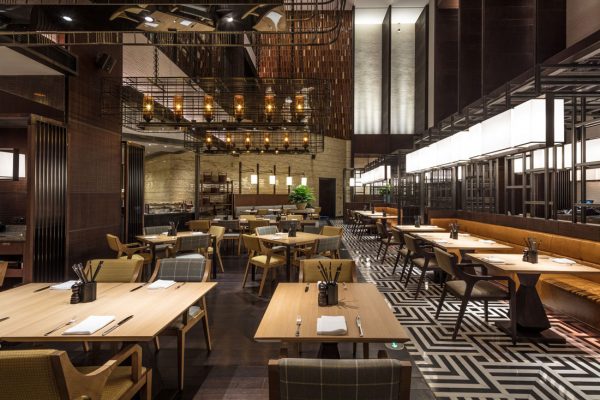
Diners are offered many tactile experiences – from the raised timber platforms and raw-finished wall panel inserts with oversized fish artwork mimicking the river villages built on stilts in the Grand Café, to the walls of stacked grey roof tiles with lacquered red trims and glistening blue-and-white tiled screens of the Chinese restaurant Xiangjiang36 capped by a cloud of bamboo sticks.
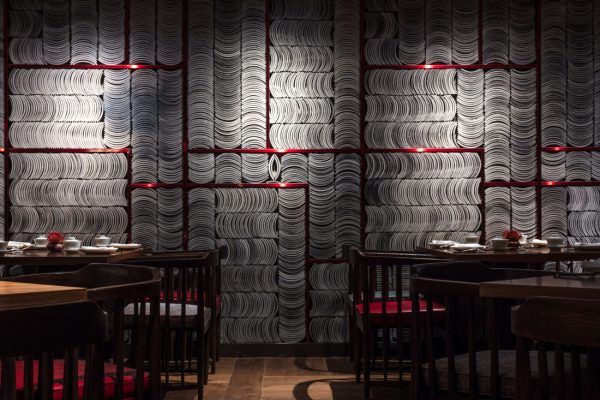
Meanwhile, the fall colours from the maple trees of the nearby Yeulu Mountain and Xiang River infuse the guestrooms through tangerine floral carpeting, art blocks in lacquered ombre shades inserted into white slotted panels in the sleeping zones, and glazed red brick tiling in the bathroom.
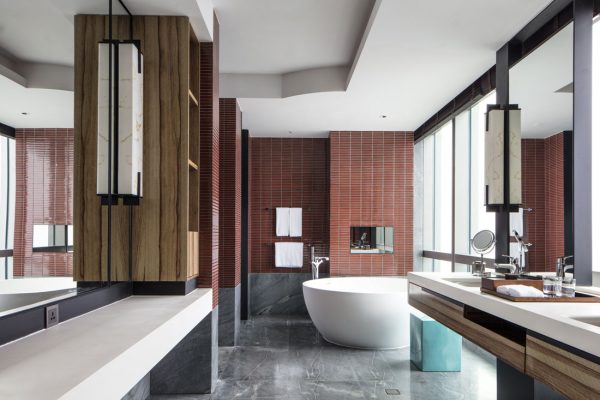
For LTW Designworks, a hotel should go beyond the functions of providing comfort and shelter. It is a chance to create a memorable spatial encounter for the traveller. “The well-crafted details with unusual material combinations offer an element of surprise in the different spaces,” affirms Lim.
INDESIGN is on instagram
Follow @indesignlive
A searchable and comprehensive guide for specifying leading products and their suppliers
Keep up to date with the latest and greatest from our industry BFF's!
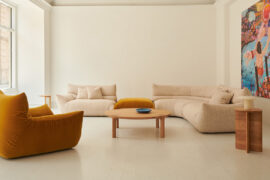
A curated exhibition in Frederiksstaden captures the spirit of Australian design

A longstanding partnership turns a historic city into a hub for emerging talent
The internet never sleeps! Here's the stuff you might have missed
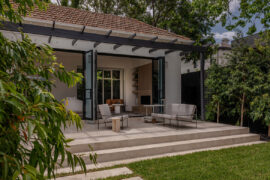
Through experience and with a passion for great design, Biasol is making gentle and perfect waves on the landscape of design.
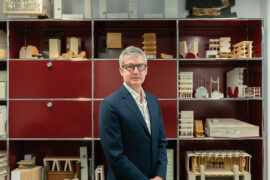
Leading by design, Erik L’Heureux has recently taken the helm of Monash University’s Department of Architecture, and so a new and exciting journey begins for both L’Heureux and the University.
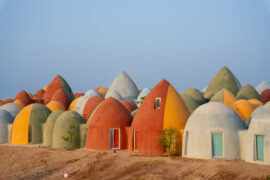
The independent Master Jury of the 16th Award Cycle (2023-2025) has selected seven winning projects from China to Palestine.
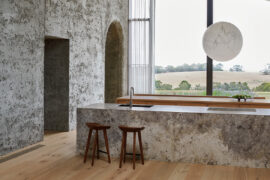
The INDE.Awards 2025 has named House on a Hill by Leeton Pointon Architects and Allison Pye Interiors as the winner of The Interior Space category, presented by Tongue & Groove. This multigenerational country home on Bunurong Country redefines residential architecture and design with its poetic balance of form, function, and sanctuary.